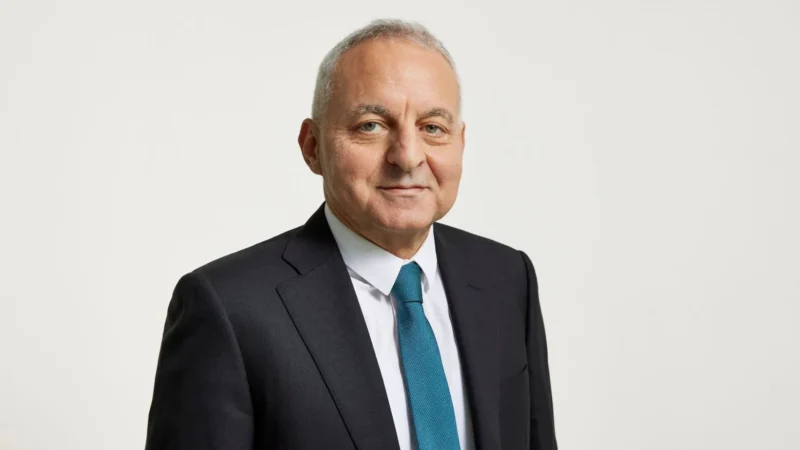Rolls-Royce eyes return to short-haul engine market
Rolls-Royce is preparing a strategic comeback in the narrowbody aircraft engine market, with UK government backing and a potential revival of a joint venture with Pratt & Whitney, according to comments made by its chief executive Tufan Erginbilgic in The Sunday Times.
The engine manufacturer, which currently focuses exclusively on powering long-haul widebody aircraft, is seeking to capitalise on the $1.6 trillion global market for short-haul engines. Erginbilgic described the move as “the single-biggest opportunity for economic growth for the UK in the next 50 years”.
As part of this pivot, Rolls-Royce is progressing discussions with industrial partners around its next-generation UltraFan engine – a £3 billion programme that has been in development for several years. According to The Sunday Times, industry sources say one route being explored includes rekindling a joint venture with US manufacturer Pratt & Whitney. The two previously partnered on short-haul engines, but their alliance collapsed more than a decade ago.
“We are saying we have the engineering capability. But if you consider beyond engineering capability and so on, I believe … that [a partnership] may be the best outcome for the company,” Erginbilgic said.
The UK government appears to be aligning itself closely with the plan. “Gas turbines are critical to UK national and economic security, and our role and capabilities in the UK with companies like Rolls-Royce can lead to significant growth,” ministers recently said as part of an updated industrial strategy. A key priority, they noted, is to “secure a UK engine position on next-generation single-aisle programmes”.
Talks with the UK government are already underway regarding potential taxpayer support for the UltraFan programme. “This [state help] is not actually a new phenomenon; our competitors get this four or five times as much as we do,” Erginbilgic said. “This is such a new development, such a big opportunity. We are effectively saying that in the development of this, actually a little bit of support would be great.”
Rolls-Royce’s ambitions are complicated by the dominance of General Electric and CFM International in the single-aisle market. Airbus, which is developing the next generation of its A320, has suggested a preference for CFM’s open-fan technology. However, Erginbilgic maintained that talks remain open: “That’s undecided … I talk to everybody.”
While the return to narrowbody engines will pose an operational scale-up – given the far greater number of short-haul aircraft compared to long-haul – Erginbilgic said in The Sunday Times interview he believes it has the credibility and financial strength to compete. “Given the technology we have, given the credibility we establish in the industry, and the financial strength we have and the engineering capability, we are actually saying we can play in the narrowbody [market].”
Erginbilgic’s interview also touched on expanding Rolls-Royce’s defence and energy operations, including small modular nuclear reactors for military use and autonomous vehicle technologies – further positioning the company as a cornerstone of the UK’s industrial future.
READ MORE NEWS: AFI KLM E&M and Rolls-Royce induct the first Trent XWB-84 for maintenance

